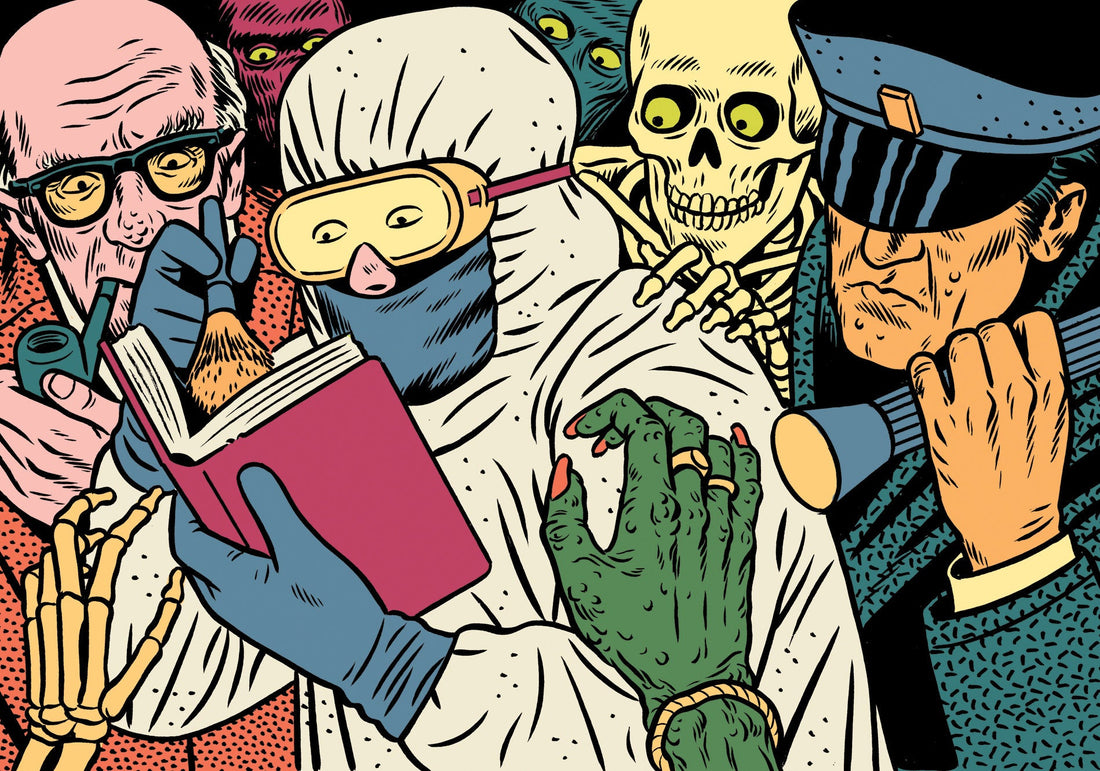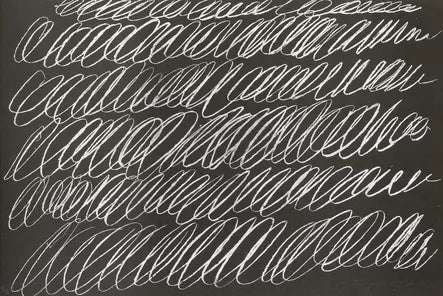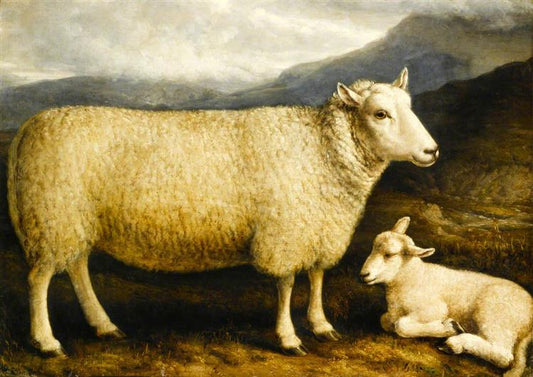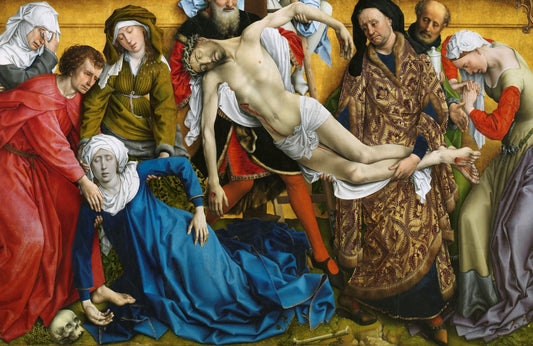Feature image: Artwork by Kristian Hammerstad via The New York Times
Art and True Crime: A Commentary/Discussion of Murderous Masterminds
Throughout history, artists have served as windows into the human experience, the masterminds behind expression and perspective. As artists are a passionate, revolutionary, or otherwise norm-challenging group, many have experienced encounters with the law, whether as dissidents or as perpetrators of more substantial crimes (like killing sprees, for example). Despite this wide variation, all tend to be painted with the same brushstroke, omitting their backgrounds of mental illness and abuse, which, if taken into account, would challenge idealized narratives that have long been accepted about artists and their crimes. From Benvenuto Cellini to Luis Jiménez, this piece illustrates how crime has influenced artists throughout history.
We always hear about the paintings within the context of greater history, but not always within the context of the artists themselves. Their mastery of illuminating the human experience sometimes extended beyond the canvas and often into unethical, unsettling terrain. The glorification of artists, often elevating them to near-mythical status, dominates spheres of discussion today. Understanding these individuals’ complex histories and personal lives is crucial to ensure we hold a nuanced perspective on their work.
The Historical Lineup (1500-1899)
Benvenuto Cellini
Benvenuto Cellini was a famous sculptor turned slasher from the 1500s. His crimes forced him to move from city to city, despite political cover from the Medici family and even from the Pope himself. Cellini left researchers of his crimes an easy task—he carefully documented them in his autobiography.
Cellini was born in Florence, from which he departed in his teens to start a fight club. He joined the military and fought in the Sack of Rome in 1527 as one of the 20,000 soldiers who invaded the Eternal City. Cellini called this battle an “unbelievable spectacle and conflagration.” After this battle, however, he committed his first murder off the battlefield, a revenge killing of the guardsman who had slain his brother. Emboldened, he would go on to kill four others, targeting personal enemies and rival goldsmiths alike.

Michelangelo Merisi da Caravaggio
Michelangelo Merisi da Caravaggio knew that if he wanted to master manipulating light in his paintings, he also had to become one with the shadows in every sense of the word. In 1606, Caravaggio killed a man named Ranuccio Tomassoni during a brawl, which was reportedly either over a tennis match or a romantic dispute. He fled Rome to avoid punishment for his crimes and spent the remaining years of his life on the run; his flight did not stop him from becoming the influential artist we know him as today. Carravagio lived a life of brilliance and chaos. Put simply, art became his escape from the consequences of his actions. God forbid a man have hobbies.
Richard Dadd
Richard Dadd was a Victorian-era painter who focused on depicting the supernatural and whimsical. His career focused mainly on producing illustrations for books. However, his focus took a turn after a trip to Egypt in 1842, when he became violent and delusional. While this was believed to be sunstroke at the time, he was diagnosed as having an unsound mind upon his return to England the next year. In 1843, while suffering from what is now understood to be paranoid schizophrenia, Dadd murdered his father, believing him to be the devil, and fled to France. While traveling, he tried to kill another traveler with a razor. He confessed to the murder of his father and spent the rest of his life in psychiatric institutions, from which he continued to create art. Of particular distinction, "The Fairy Feller's Master-Stroke," one of the most renowned works of his career, sprung from Dadd’s institutionalization. Over a century later, Freddie Mercury wrote a song about the painting after seeing it in the Tate Gallery. Dadd died on January 7, 1886, in Broadmoor Hospital.

The Contemporary Lineup (1900-present)
Robert Durst
Robert Durst may not be entirely deserving of consideration as an artist, but through his connections as a real estate nepo baby, he ended up selling his works for tens of thousands of dollars. He was the subject of the HBO documentary "The Jinx" for being suspected of several murders, including the disappearance of his wife Kathleen McCormack in 1982, the murder of his friend Susan Berman in 2000, and the killing of his neighbor Morris Black in 2001.
In 2021, Durst was convicted of Susan Berman's murder, but his involvement in the murder of his wife Kathleen is yet unknown. The HBO documentary released in 2015 examined his life and history, unearthing the Durst family’s lengthy connections in the art world.

Luis Jiménez
Luis Jiménez was an American sculptor known for his large-scale fiberglass sculptures depicting Chicano themes. He was involved in a car accident in 1972 that resulted in the death of his wife. The incident was ruled an accident, and Jiménez was not charged with murder. Nonetheless, the event cast a shadow over his career, bringing to light the crippling guilt of being caught under death’s brushstroke. He continued to honor his wife as his muse long after this tragedy, keeping her memory alive as long as he could.
While I have included him in this lineup, it was not because of the accident itself but the importance of understanding how situations like this can change the trajectory of a person’s life in unforeseen ways. Though not the cause of this accident, he lost his wife, his love, his muse and subsequently endured traumatic legal proceedings following the crash. It changed his life, so his art changed with it. The heartbreak in his work in the wake of the accident is profound and palpable.

The personal histories of these artists remind us that masterful creativity often coexists with darkness in unsettling and harrowing ways. These narratives illuminate the juxtaposition of human morality and nature by exemplifying those who succumbed to the vulnerability of cognitive dissonance. Artists, like any other person, are stories in and of themselves. They are multitudes of complex perspectives, celebrating the beauty of unhindered creation and the sobering reality of profound destruction. Their biographies invite you to resist the temptation to separate the art from the artist and instead, to examine their work as a reflection of their experiences and to see their art as something created by a fellow human.
©ArtRKL™️ LLC 2021-2024. All rights reserved. This material may not be published, broadcast, rewritten or redistributed. ArtRKL™️ and its underscore design indicate trademarks of ArtRKL™️ LLC and its subsidiaries.






